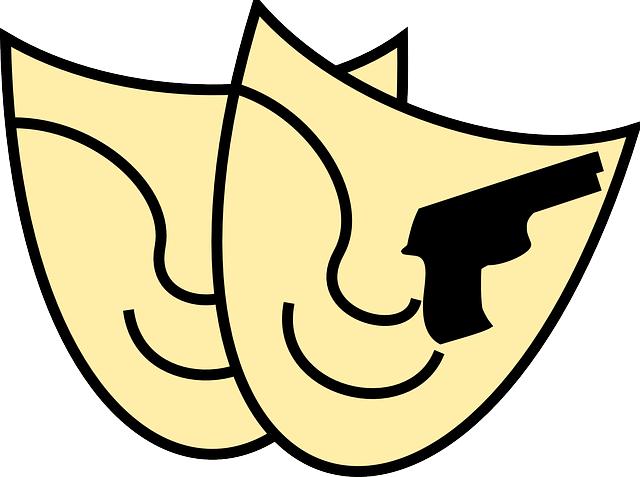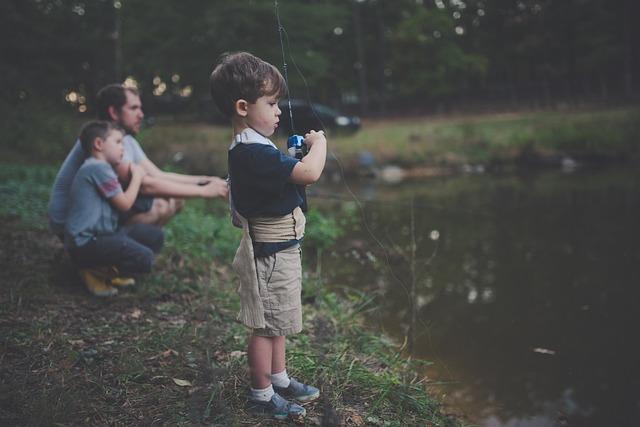Music is like a vast ocean, teeming with diverse currents and rhythms that pull us in different directions. Just as one might explore the depths and discover unique marine life, delving into the world of music genres reveals a treasure trove of distinct sounds and cultural influences. From the electric energy of rock and roll to the soulful whispers of blues, each genre tells its own story, reflective of the times and sentiments that birthed it. But what exactly defines these genres? What makes jazz feel like a sophisticated conversation, while hip-hop pulsates with a raw, streetwise honesty? In this article, we’ll embark on a journey to decode the complex fabric of music genres, unraveling the elements that give each style its unique flair. So, grab your headphones and prepare to explore the nuances that make music an ever-evolving art form!
Exploring the Roots: The Cultural Origins of Music Genres
Music is like a living tapestry, woven with threads from diverse cultures and histories. Each genre tells its own story, echoing the rhythm of the people who created it. For instance, jazz sprang from African American communities in the early 20th century, a blend of blues, ragtime, and folk, encapsulating freedom and improvisation. On the other hand, reggae carries the essence of Jamaican culture, shimmering with messages about peace and social justice, all while keeping a laid-back groove. Just imagine how a simple beat can reflect the struggles and triumphs of an entire community!
Digging deeper into these genres reveals distinct characteristics shaped by cultural contexts. Think about country music, steeped in the tales of rural life and heartfelt emotions—it’s all about storytelling. Contrastingly, hip-hop emerged as a powerful voice for urban youth, showcasing lyrical prowess and rhythmic innovation. Each genre not only embodies a unique sound but also reflects societal values, experiences, and aspirations. Here’s a snapshot that highlights some key cultural influences:
| Genre | Origin | Cultural Influence |
|---|---|---|
| Jazz | United States | Improvisation, freedom |
| Reggae | Jamaica | Social justice, peace |
| Country | United States | Storytelling, rural life |
| Hip-Hop | United States | Urban life, expression |

Distinctive Sounds: The Unique Instruments and Styles That Define Each Genre
Every music genre boasts its own distinctive sounds that stem largely from the unique instruments and styles employed by artists. Take for instance, the twang of a banjo in bluegrass or the heavy, distorted riffs of an electric guitar in rock music; each element paints a vivid auditory picture. The use of traditional instruments and innovative techniques plays a crucial role in defining these genres. Here’s a quick look at some notable examples:
- Classical: Strings and woodwinds create harmonious orchestras and rich melodies.
- Reggae: The offbeat rhythm from the guitar and the deep bass lines establish its laid-back vibe.
- Jazz: Improvisation reigns here, showcased through the saxophone, trumpet, and piano.
- Country: Instruments like the fiddle and pedal steel guitar evoke feelings of nostalgia and storytelling.
- Hip-Hop: Sampling and beatboxing transform everyday sounds into rhythmic poetry.
Moreover, the stylistic approaches within each genre contribute to their identity. For instance, exploring the improvisational flair of jazz musicians leads to spontaneous performances that make each show distinct. Consider how the use of syncopation and polyrhythms in genres like funk creates a lively groove that gets listeners moving. Here’s a simple comparison in table format that highlights some of the most defining characteristics:
| Genre | Key Instruments | Signature Style |
|---|---|---|
| Blues | Electric guitar, harmonica | Call and response vocals |
| Rock | Drums, bass guitar, electric guitar | Power chords and anthemic vocals |
| EDM | Synthesizers, drum machines | Builds and drops to heighten excitement |

Emotional Landscapes: How Genre Shapes Listener Experience
When we dive into the world of music, it’s fascinating how different genres can act like emotional guides, steering our feelings and responses in unique directions. Think of each genre as its own vibrant landscape, where the rolling hills of country might evoke nostalgia, while the stark cliffs of heavy metal could unleash raw power and aggression. Genres like jazz can envelop you in a smoky club atmosphere, conjuring images of candlelight and intimate conversations, whereas pop often mirrors the hustle of urban nightlife, bursting with energy and catchy hooks. Isn’t it interesting how these auditory experiences shape our moods, often more than we realize?
Moreover, the architecture of a song—its rhythm, melody, and instrumentation—hints at the feelings it aims to channel. Here’s how various elements play a role:
| Genre | Typical Emotion | Instrumentation |
|---|---|---|
| Rock | Rebellion | Electric guitars, drums |
| Classical | Elation/Tragedy | Strings, orchestral arrangements |
| Reggae | Relaxation | Guitar, bass, rhythmic drums |
| Hip-Hop | Empowerment | Synthesizers, beats, sampling |
Each genre, with its distinct instruments and rhythms, tells a story that resonates differently depending on the listener’s experiences and moods. Isn’t it intriguing how these elements can make you feel exhilarated, melancholic, or simply reflective? Whether it’s the intricate harmonies of R&B that wrap around you like a warm blanket on a cold day or the frenetic pace of techno that gets your heart racing on the dance floor, genres sculpt our emotional journeys in profound ways.

The Evolution of Taste: How Trends Influence Music Genres Over Time
Over the years, as society evolves, so does the tapestry of music genres. The interplay of cultural shifts and technological advancements plays a crucial role in shaping our musical landscape. For instance, the fusion of hip hop with jazz not only breathed new life into traditional elements but also resonated with audiences craving authenticity. Consider how social movements, technological innovation, and global connectivity have intertwined to create genres like electronic dance music (EDM), which emerged from the rise of clubs and festivals. It’s fascinating to see how what was once considered underground can turn mainstream, with artists blending genres to create something entirely fresh. This adaptability is what keeps music alive, constantly engaging listeners with new vibes and ideas.
Moreover, the influence of music can often be likened to the seasons changing; just when you think you’ve settled into a genre, something unexpected comes along and shakes the foundations. The sound of grunge in the 90s, for example, was a direct response to the excesses of glam metal, reflecting a need for authenticity and rawness. As tastes shift, genres do too, leaning into trends that speak to the changing psyche of audiences. The rise of streaming platforms has further accelerated this evolution, allowing listeners to discover and share music with unprecedented ease. Today, it’s common to find artists straddling lines between genres, proving that labels are just as fluid as public taste itself. Isn’t it remarkable how music evolves right alongside us?
The Way Forward
As we wrap up our musical journey through the vibrant landscape of genres, it’s clear that each style offers its own unique flavor, much like a carefully crafted dish that tantalizes the taste buds in unexpected ways. From the energetic beats of EDM to the soulful strumming of folk, these genres are more than just labels; they’re cultural expressions, stories in melody, and emotional experiences waiting to be explored.
So, the next time you press play on your favorite track, take a moment to dive deeper into its roots. Consider what makes it tick—its rhythms, lyrics, and the emotions it stirs within you. Music has an incredible power to connect us, to transport us to different times and places, and to evoke feelings we didn’t even know existed.
Whether you’re a die-hard fan of a particular genre or just a casual listener, remember that the world of music is vast and ever-evolving. There’s always something new to discover and appreciate, so keep your ears open and your playlist diverse! Who knows? You may just find that the genre you once overlooked has the ability to ignite a newfound passion within you. Happy listening!



